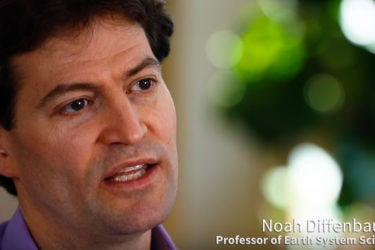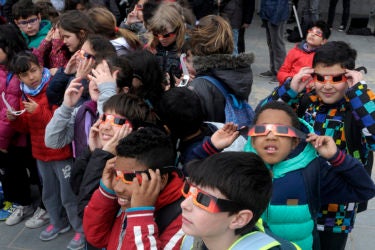
Image credit: Kurt Hickman

Image credit: L.A. Cicero

Image credit: Getty Images

Image credit: Getty Images


Image credit: Getty Images

Image credit: Stanford Land, Buildings & Real Estate

Image credit: L.A. Cicero

Image credit: Getty Images

Image credit: AP Photo/Alex Brandon

Image credit: Steve Fisch

Image credit: L.A. Cicero

Image credit: DES Architects + Engineers and the Darlin Group Architecture
Fullscreen